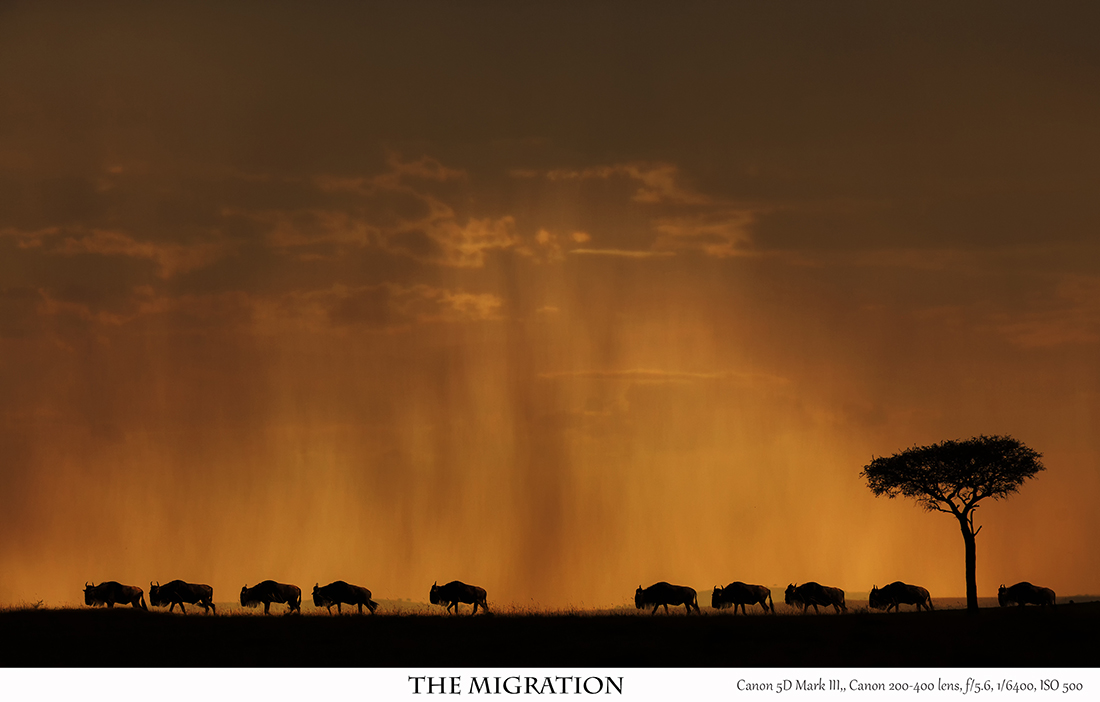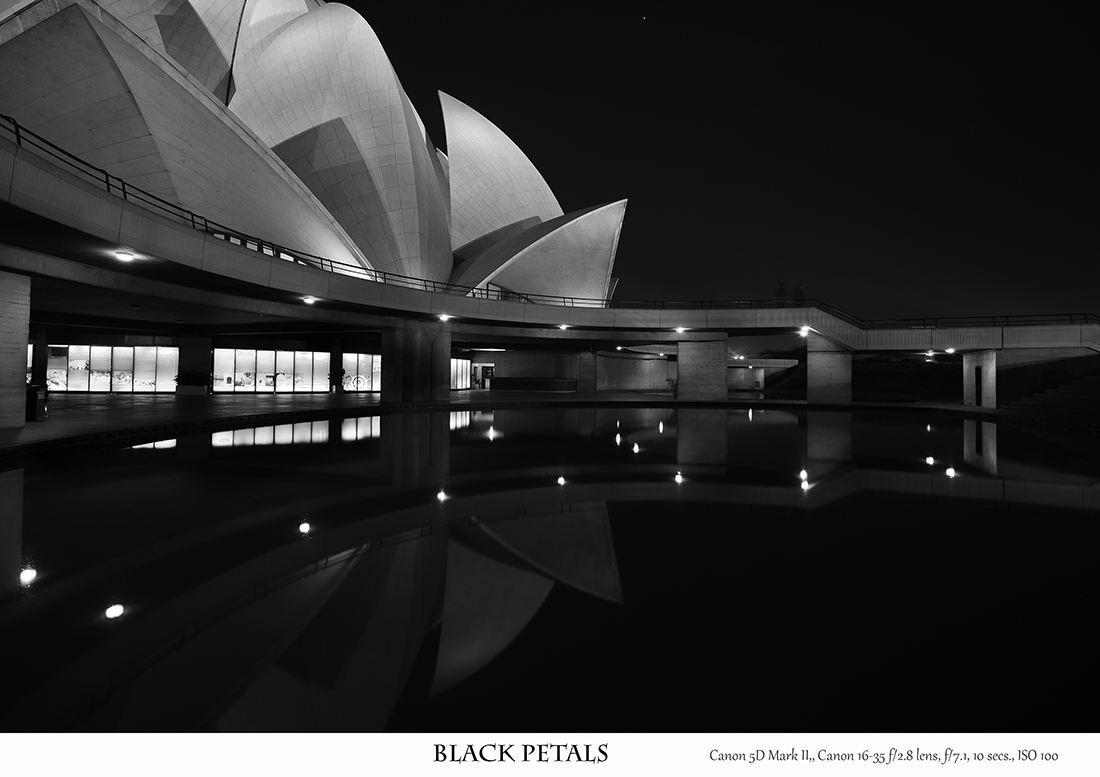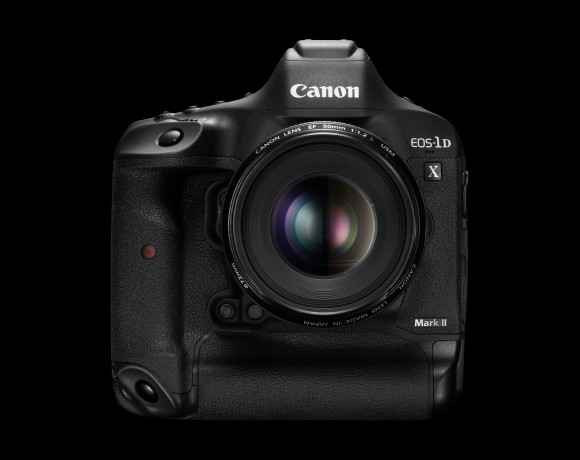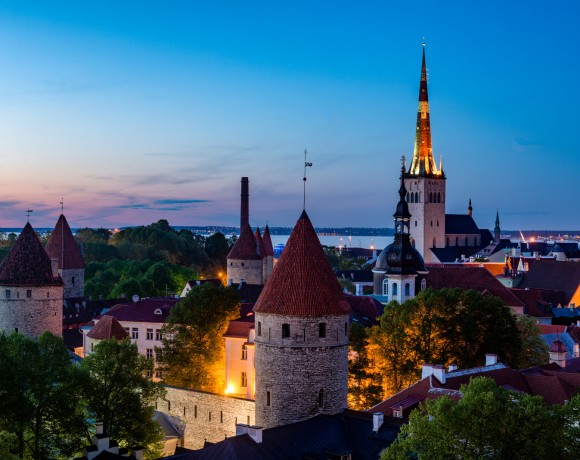The more I observe the progress of new photographers trying to make their mark in this highly challenging and over-crowded field of photography, the more I feel disillusioned with the way they are moving ahead. Blame it on freely available “precious advise” or their unreasonable desire to taste success overnight, most become a frustrated lot very soon. Recently I had published 10 Tips to Improve Photography but I feel this thing needs to be hammered down time and again to bring home the point.
Let me share the simple steps in photography workflow. They are simple if you agree and follow them religiously but are highly complicated if you read them and still decide to continue doing what you are already doing.
So you want to get into this mesmerizing and enchanting world of photography?
Or you are already a photographer but unable to break the barrier of mediocrity?
Or you are a photographer who hopes to improve photography after upgrading your gear with that expensive high end DSLR?
Here is what I think are the key and important steps in good photography workflow:
Step # 1: Art of SEEING
Step # 2: Capturing the Image
Step # 3: Post Processing
Step # 4: Seeking Inspiration

Now lets take these steps one by one and understand their importance in this workflow.
I. Art of SEEING
To understand this, let us first understand what is Photography? Photography is the art of capturing “moments”, “things”, “places”, “people” etc on a film or sensor. Simplifying we can only capture what already exists but are we able to SEE that “thing” or “moment” before we pick up the tool (camera) to capture that? It all boils down to one word “SEEING.”
Seeing, visualizing are one and the same thing which is the ability to create an image in your mind before you pick up the tools to make it a reality.
The Art of SEEING is the most important step in photography and it must start much before you even decide to buy your camera. Do not get fooled into believing that photography starts with a camera. It does not. Most people get it wrong with the beginning, and always keep struggling to get it right.
Do not worry about camera, lens, noise etc. If you have to then do worry about visualization, light, color, composition etc because it is these what make a powerful photograph.
This step is listed as the first step in the photography workflow but is unique with the fact that it must co exist with all other steps in this workflow. Which means that learning the Art of Seeing never stops; not even when you have tasted success and have become a renowned photographer.
Its never about gear. It never was. Its all about the Art of Seeing and composing it to show the way you want it to come. It is now when you pick up your camera and press the shutter to capture what you SAW.
II. Capturing the Image
This part is easy if you have learnt the art of Seeing. Do not get me wrong. I am not suggesting that you do not require good camera. Once you know how to SEE, then you will be able to find out what the good camera is for you and how to use it to your advantage.
Beginner photographers worry too much about the “rules” of photography and sometimes get stuck in that forever. Where as a good photographer will always work around the camera settings and create the image they want even if that means breaking all rules of photography. They worry about “capturing” what they “visualized.”
Always remember here that since light is most important aspect of photography, invest money in buying a good lens than worrying too much about that camera. A good lens will be your lifelong companion where as cameras will come and go as technology advances and camera manufacturers keep manufacturing advanced cameras.
III. Post Processing
Yes this is another important step in photography workflow. Do not get fooled into believing that post processing is only for an average photographer. I have written in detail about this in my blog Post Processing – How Important?
Photo Editing and Photo Manipulation have always been a part of photography workflow. Its not an option but a REQUIREMENT. It always existed, just the way HOW you do it has changed over a period of time.
IMPORTANT
As a photographer we must shoot with a mindset of what best can I do in my camera, totally disregarding the thought that how can I “fix” the image later using post processing software. Its very important to Get it right in Camera. Remember you are a photographer and must try and achieve as much as you can in camera.
You start with SEEING / Visualising, Setting it up in your camera and Finishing it up using a post processing software.
Most people ask me which is the best post processing software? Well there is nothing like Adobe Photoshop and Lightroom. I sometimes use both in my workflow. You can download the software using this link: Adobe CC

IV. Do seek Inspiration
Though this cannot be termed as the real step in photography workflow but is important step to improve photography. As a beginner, you must seek inspiration from other photographers you admire. I always do that. Studying the work of great photographers keep giving you new and fresh ideas and most importantly force you to think out of box. But do not blatantly copy their style of work; instead use your own style to keep your images original.
To sum it up invest your max time and money in learning the Art and making the craft will be easy. Stay hungry for learning and improving.
Hope this has helped you. Thanks for reading.
Post By: Jassi Oberai

Jasminder is a Photo Mentor. He is self taught photographer. Though he saw his father pursuing his hobby of photography very seriously and very closely witnessed the dark room secrets, his love for the craft started very late but when it did there was no looking back. As a photographer he does not restrict himself to any particular genre of photography. He likes to shoot mostly anything. He likes the challenge of shooting landscape one day to close up the next and dabbling with portraiture the day after. He loves nature and great use of colors. So in most of his photographs you will see wide use of vibrant colors. In his own words, “Colors can give a whole new look to something rather mundane or something we are used to. To me that’s what I like the most about photography – looking at the world in new ways.”





NO COMMENT